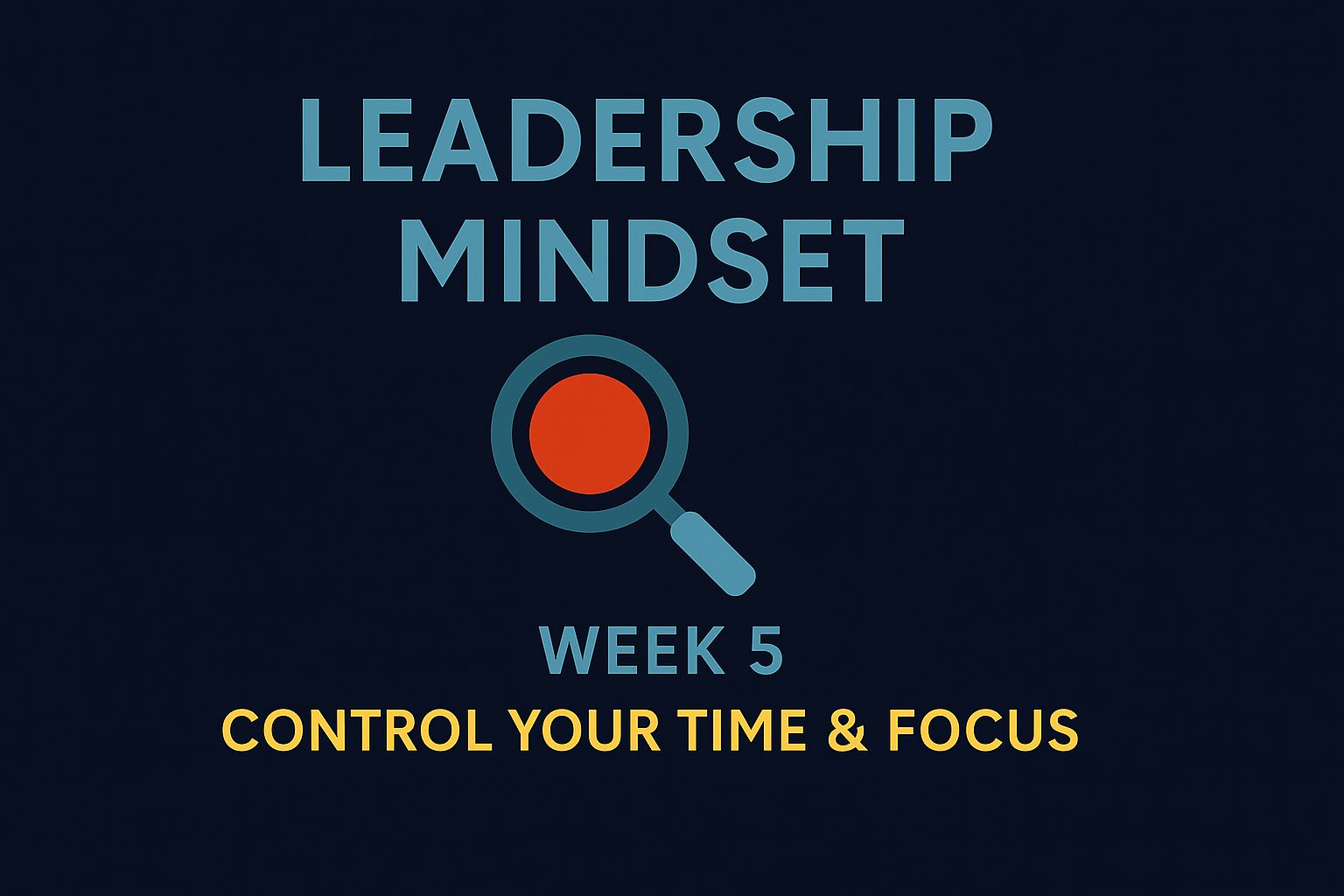Are you effective?
Do you control your time, or does it control you? Do you feel pulled in a thousand directions, unable to work on long-term, big-picture plans?
Your application of time should reflect your leadership position and the tasks you need to get done based on your area of focus. Understanding how much time to allocate to planning versus coaching is critical. Everyone has to form a new relationship with time when they’re promoted to ensure they can deliver on their new expectations.
This week focuses on understanding how to manage your time application and align it to your leadership level.
Take Control
We discussed problem-solving last week, and it’s clear that you can’t solve every problem in your organization. You must manage your time effectively to utilize it efficiently—on tasks that only you can do—and delegate everything else (or build systems and automation to minimize decision-making).
Here’s a good rule of thumb for understanding what tasks need to take priority when managing your time.
Individual Contributor (IC): Daily production work is the focus, and time should be spent doing hands-on work servicing customers. There is little need to spend time in meetings, as this role exists to provide service by doing work. (More complex IC jobs may require more brainstorming and planning, but be sure it’s done sparingly.) The majority of your time in this level should be spent doing work for customers.
Front-line Leader (FLL): Coaching, training, creating staffing plans, and interviews are the core tasks used to hire and develop capable employees. FLLs should spend some time each week looking at the month ahead to gauge staffing & training opportunities to begin preparing to achieve next month’s goals. The majority of your time in this level should be spent making your ICs better.
Leader of Leaders (LOL): LOLs should spend MOST of their time planning, thinking, researching, and trying to understand how they can maintain a system capable of producing predictable results with minimal variability in the process to achieve those results. Leadership can become lonely as you transition from coaching & training to developing strategic plans that encompass training, coaching, staffing, interviewing, and other related activities. The majority of your time in this level should be spent looking ahead and building systems & processes to achieve future goals.
A general rule is ICs focus on days and weeks, FLLS focus on weeks and months, and LOLs focus on months and quarters.
Reflection Questions
It’s time to take an inventory of your time. Are you spending your time effectively based on your current leadership position?
What are the big areas I spend my time on each day? Am I reactive or proactive when I do work?
Problem solving
Training & Coaching
Planning
Reacting to problems
What is the core focus of my current position?
What functions of this role should take the majority of my time?
How can I build the proper systems to allocate time to the most important activities?
I’ve found these books to be incredibly helpful when thinking about time allocation:
Four Thousand Weeks by Oliver Burkeman
Deep Work by Cal Newport
Slow Productivity by Cal Newport
Summary
Next week is the last issue of the Mindset series. We’ll be moving back into one-off newsletters after that. I have some practical leadership tips planned for the weeks ahead.
Let me know if you have any questions about the leadership levels. And stay tuned for the answers next week!
Feel free to share this link or forward this email if you think someone else would enjoy it!
